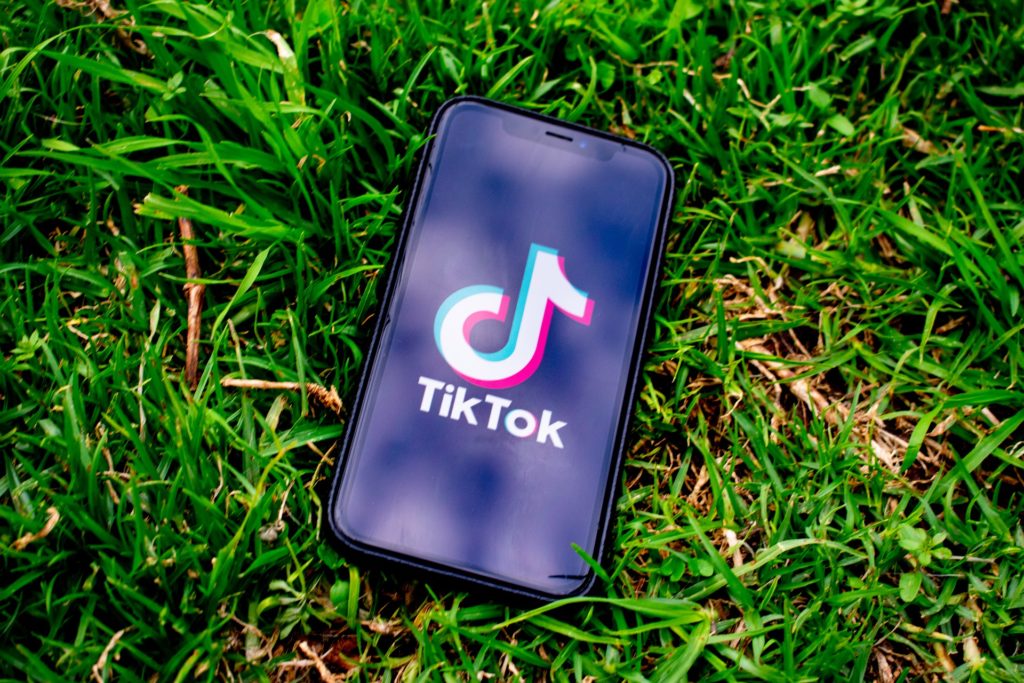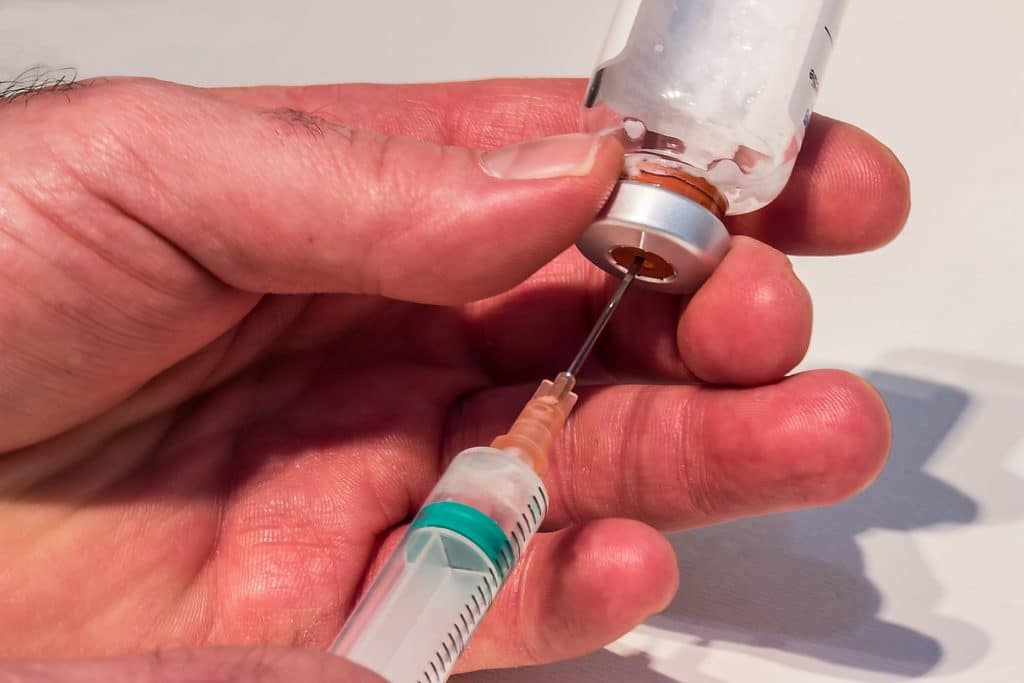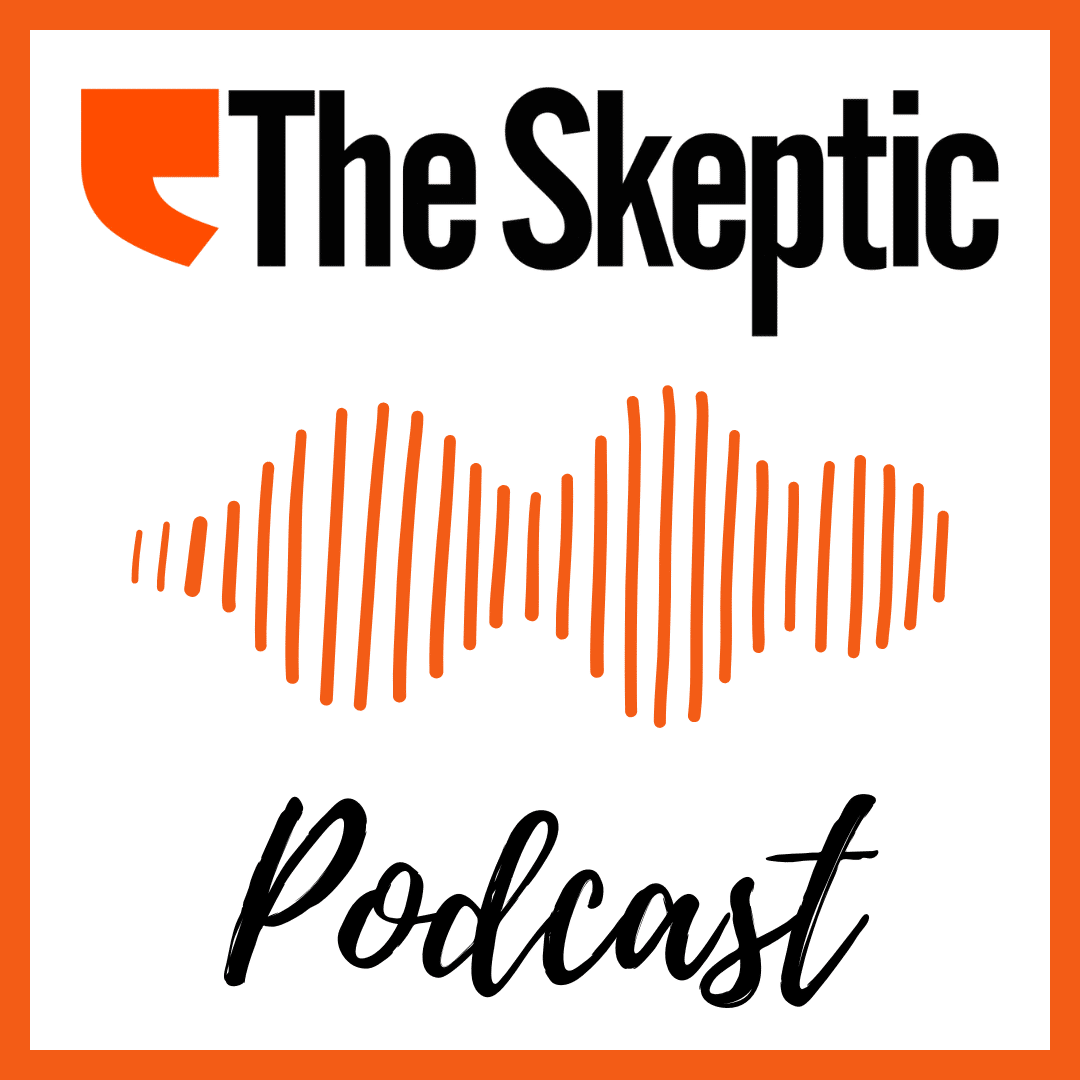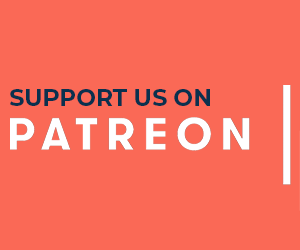We’re over a month into 2025, so what better time to talk, again, about beauty and wellness trends.
The start of the year is always a tricky time. In the UK it’s pretty dark, cold and, at times, hard to leave the house because it’s slippery from the ice and snow. Most of us have overspent on celebrating Christmas, both financially and emotionally, and while we’re back at work picking up the large number of tasks we put off in December as a “January problem”, we’re not getting paid for what feels like forever as December pay days often fall a bit early.
And then there’s social media. Even the posts that aren’t promoting Dry January, Veganuary, extreme post-holiday dieting and extreme New Year goal setting are either complaining about or trying to positively counter Dry January, Veganuary, extreme post-holiday dieting and extreme New Year goal setting. Which is a valuable goal, but it means we are bombarded from every angle with these ideas. I realise the hypocrisy in this piece, which is part of the same problem, entirely.
It is important to counter the toxic positivity around the New Year, which is why I wanted to cover this topic, but it does mean the media cycle is almost entirely about all the ways in which our bodies, habits and lives suck and what we should be doing to change that. Never mind that a lot of the sucking is entirely foisted upon us and it’s systemic change that’s required to break these cycles.
And look, I’m not saying I’m against setting goals for ourselves that are linked to the New Year – I, personally, benefit from the artificial cut off that is the start of a new year. My own mental health foibles and neurodivergences mean I can be prone to particular thought patterns that I can hack a little bit if I want to make some changes, by linking it to something that feels “fresh start”-esque – even if that fresh start is completely arbitrary.
This year I have a few personal goals that I’m working towards that are tailored to my own personal context. This is not something I do every year, or rather, it’s something I usually do throughout the year as and when I feel it’s relevant to me, but occasionally I use the New Year to kickstart my mindset. So please don’t think this piece is anything to do with criticising people who make New Year’s resolutions. How we set goals for ourselves is entirely personal.
What I am saying, is that this New Year feels especially rough for me. And I think that’s coming from a few places. One of those places is how social media has changed.

I’ve written about TikTok trends plenty of times before. And about the risk of picking up a trend that seems set to take off, only for it to never really get anywhere. TikTok has taken over social media to such an extent that, even if you’re not a TikTok user, you are a consumer of TikTok content. And you are certainly impacted and influenced by how TikTok has shifted our culture.
Historically, marketing using Facebook or Twitter had two different strategies. Facebook was the sort of platform that be irritated if brands posted more than once a day; meanwhile, marketing Twitter was faster paced with a constant stream of updates, so if you wanted your posts to be seen you needed to post a few times a day. TikTok has taken this evolution of speeding up the posting timeline and amplified it to the extreme.
TikTok itself recommends posting between one and four times per day as a starting point to build a brand on the platform. TikTok is fast, with content creators pumping out tons of content per month. This has contributed to a change in the source of the social media we consume, too. Whereas Twitter users often complain about switching their main page from “suggested” content, to content from people they have actively chosen to follow, TikTok is all about the “for you” page, with the algorithm updating its suggestions based on how you scroll through the feed, the type of content you linger on and the type of content you swipe through. This directs particular topics towards users and highlights creators they might not have come across.
This has led to the rise in the micro-trend – trends come and go faster than ever before. For fashion, this is driving fast fashion as people purchase ‘it’ items from cheap manufacturers knowing they won’t stay in fashion for long. It’s also given rise to the trend forecasters, who predict what will take off, but also shape the trend cycle. One forecaster told Harper’s Bazaar:
“I’m just looking at what brands are doing … but a bit of it is that if I want something to be a trend, I’ll say, ‘This is going to be a trend.’”
Because other trend forecasters pick up that tip, repeat it, and suddenly the fact that everyone is talking about the upcoming trend enough to make the trend happen.
How does this affect New Year’s resolutions, and the beauty and wellness world in particular?
As far as I can see – so many of these microtrends that we see coming through the new, shiny, fast-paced, instant gratification social media climate are related to our appearance. Some might be seen as positive trends, like ‘dopamine dressing’: the idea that we should wear the clothes that make us feel good and not shy away from bright colours and bold prints if that’s what brings us joy. But much of it is criticism dressed up as advice.
Do you suffer from ‘brow blindness’ or ‘blush blindness’? Invented ‘conditions’ where you make your brows or blush too bold because you’ve stopped noticing what’s too much on your face. Or, now that the blush blindness ‘condition’ has been invented – how do you deliberately emulate that, in order to look more like Sabrina Carpenter? How can you style an outfit to look more Gen Z and less Millennial? How does that outfit make you look older? Oh my gosh are you still wearing black eyeliner? How ageing! And how about if you try the ‘strawberry make up’ trend, or the ‘mob wife’ look, to look more innocent and adorable, or more empowered and badass?
It’s becoming even more sinister when it combines with celebrity trends. We’re rapidly moving into the Ozempic era, where we are seeing more and more celebrities celebrated for shedding the pounds… and then equally being criticised for how gaunt they look now they’ve lost fat and muscle tone in their faces (a classic side effect of rapid Ozempic weight loss), and how their arms look awful for losing weight so rapidly.
We are also seeing a move towards more natural or ‘undetectable’ cosmetic procedures as we apparently experience ‘filler fatigue’. One cosmetic surgeon informs us that they’re getting clients as young as in their forties coming in asking for facelifts, as well as an increasing number of clients looking to ‘fix’ issues caused by Ozempic weight loss. Another calls this period ‘the great deflation’, as they see a rise in abdomen and arm surgery again to pick up changes in skin laxity caused by rapid weight loss.

Meanwhile, articles claim that eye lid surgery and chin implants are set to be all the rage in 2025, as people look to reduce hooded eyelids and puffiness under the eyes, and look to ‘correct’ ‘weak chins’. While Brazilian Butt Lifts have become less fashionable, breast augmentations are in vogue, but the trend has shifted towards smaller, more natural-looking ‘yoga boobs’. There’s also a claim that botox for the neck and decolletage, known as a Nefertiti Lift, is on the rise to make sure our necks look youthful. Yet we are meant to look ‘authentically’ youthful… with ‘undetectable injectables’ and ‘stealth surgery’.
These unnecessary surgical procedures are being presented as a trend in response, in part, to trends like Ozempic weight loss from last year – a perfect conveyor belt of social media, mainstream media and marketing, which curate insecurity and then target it with an expensive solution, which is then touted as an ‘in’ trend that we must all jump on for fear of featuring on this year’s ‘out’ list. Before we know it, that solution has created another apparent flaw that we must feel insecure about and then solve with next year’s trend.
Because according to the society we live in, fat is bad and weight loss is good, but looking like you’ve lost weight is also bad, especially if you’ve used some short-cut that’s been aggressively marketed at you. So, quick, spend all this money to hide the evidence.
Other claimed trends to look out for are the mineral sunscreen trend – because the clean beauty movement thinks regular sunscreen will cause breakouts and skin irritation, despite the lack of evidence to support this. Plus there’s apparently a rise in ‘supplement stacking’… or at least there is if we take the word of the CCO of a Montreal based ‘self-care and beauty boutique’, anyway. The idea is that supplements are obviously required, but everyone is different and unique. So, instead of a one-size-fits-all multivitamin, we should all zero in on what we truly need and buy multiple products to cater for us.
Along similar lines, there’s the trend for fragrance layering or creating a ‘fragrance wardrobe’ – so, instead of spending money on one signature scent, you can look to layer your scented body lotion, body spray and several perfumes at £100+ a bottle, to create a versatility in your daily fragrance and unlock memories and nostalgia with our intentional fragrance selection.
Biotech is also coming to skincare, as we add products derived from algae and bacteria to our skin creams… but then again, ‘skinimalism’ is a trend that’s been growing in popularity over the recent years, with the goal to reduce the number of skincare products we use or combine them to make the process simpler.
And if all these different trends and products are overwhelming and contributing to the rise in burnout we’re all experiencing – no worry, because ‘therapeutic laziness’ is also apparently a trend, where you spend a fortune on a retreat so you can relax and get treatments all at the same time.
For every super-expensive solution offered to customers, there are budget woo versions for those who can’t afford them – like Oatzempic; a drink made of oats, water and lime juice and touted to help with weight loss just like Ozempic does. (Spoiler: it doesn’t.)
There are of course microtrends on plenty of other topics, but I think it’s telling that so many are directed at improving our faces and bodies. Yet, it makes sense that when the world feels out of control – with far-right parties and policies rising across the world, wars, genocides and invasions flooding our news feeds and America literally on fire – that we would look for the things we feel we can control.
But the constant conveyor belt of trends, presented as empowering you to take control of the things that make you feel sad or insecure, is actually feeding a climate that makes us feel insecure all of the time.
We’re constantly told that that insecurity is our fault and if we just lost weight, exercised more, had this nip, that tuck, those fillers or went on that retreat, our lives would be better and we’d feel happier. It’s utterly exhausting to be bombarded every minute of every day with the need to tweak and improve ourselves which implies that something about us is wrong or not quite right. And at the start of the year, it feels particularly exhausting. So stay safe on the internet and feel free to take a break from social media to detoxify self-improvement toxic positivity from your system.



